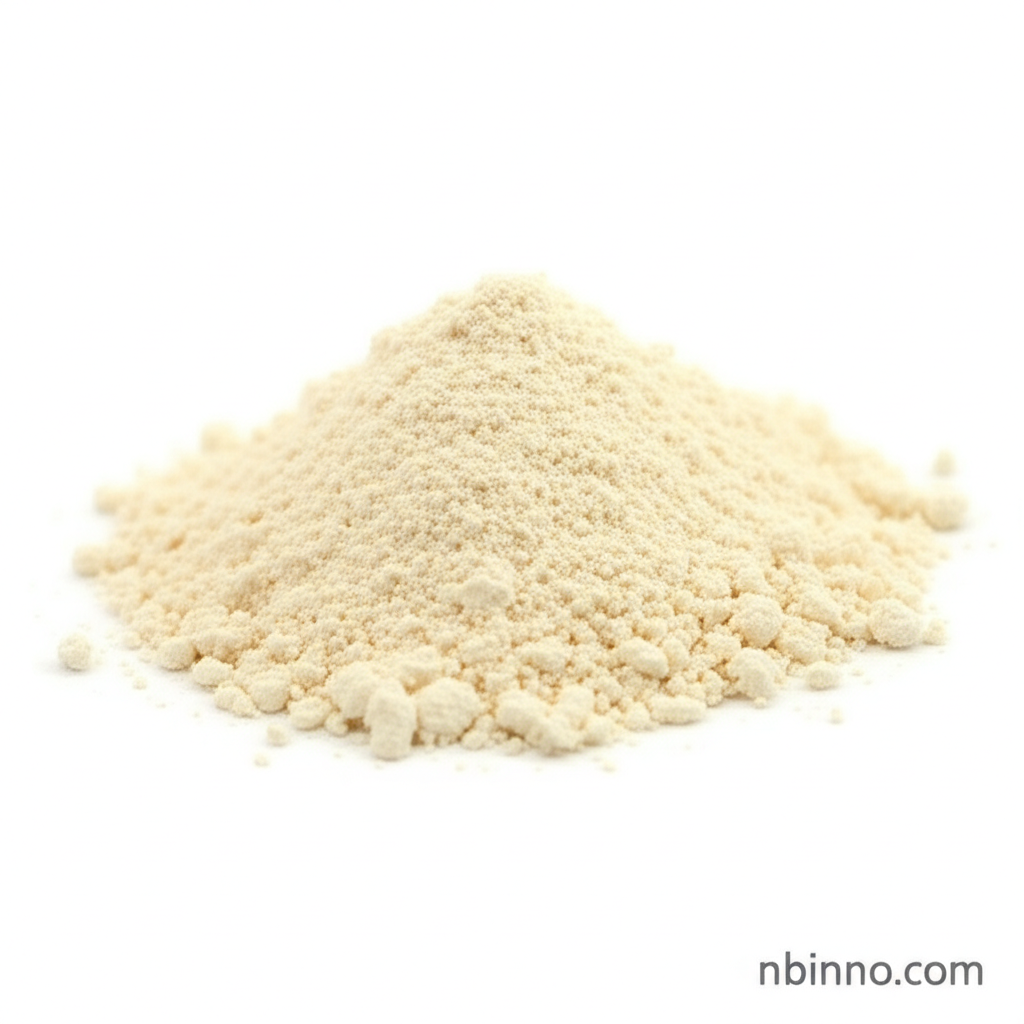Copper(I) Cyanide (CAS 544-92-3): Your Essential Electronic Chemical Solution
Discover the critical role of Copper(I) Cyanide in advanced electronics manufacturing and organic synthesis.
Get a Quote & SampleProduct Core Value

Copper(I) Cyanide
Copper(I) Cyanide, identified by CAS 544-92-3, is a vital inorganic compound extensively utilized in the electronics industry and various chemical syntheses. Its off-white to pale yellow powder appearance and specific chemical properties make it indispensable for specialized applications.
- Leverage Copper(I) Cyanide for precise Copper Electroplating, a critical step in manufacturing printed circuit boards and semiconductor components.
- Explore its utility in Organic Synthesis, particularly for the preparation of nitriles via the Rosenmund–von Braun reaction, showcasing its versatility as a key reagent.
- Utilize this compound in Organocopper Chemistry, understanding its role in forming stable and purifiable mixed cuprates essential for advanced chemical processes.
- Benefit from its application in Semiconductor Fabrication, including vital processes such as dual damascene, through-silicon vias (TSV) plating, and copper pillar plating.
Key Advantages and Features
Versatile Chemical Reactivity
As a cornerstone in organocopper chemistry reagents, Copper(I) Cyanide facilitates complex synthetic pathways, offering enhanced stability and ease of purification for critical intermediates.
Essential for Electronic Components
Its role in copper electroplating is paramount for creating conductive pathways and protective layers in electronic devices, ensuring performance and reliability.
Enabling Advanced Manufacturing
The compound is integral to semiconductor fabrication processes like dual damascene and TSV plating, enabling the miniaturization and enhanced functionality of modern electronics.
Key Applications
Electroplating
Copper(I) cyanide is crucial for electrolytic copper plating, providing conductive and protective coatings for electronic components and printed circuit boards, contributing to the efficiency of copper cyanide electroplating.
Organic Synthesis
It serves as a key reagent in the preparation of nitriles and other organic compounds through reactions like the Rosenmund–von Braun reaction, vital for fine chemical production.
Catalysis
The compound's catalytic properties are utilized in various chemical transformations, making it a valuable component in industrial chemical processes.
Semiconductor Fabrication
Essential for dual damascene, TSV plating, and copper pillar plating, it enables the intricate circuitry required for advanced semiconductor devices.
